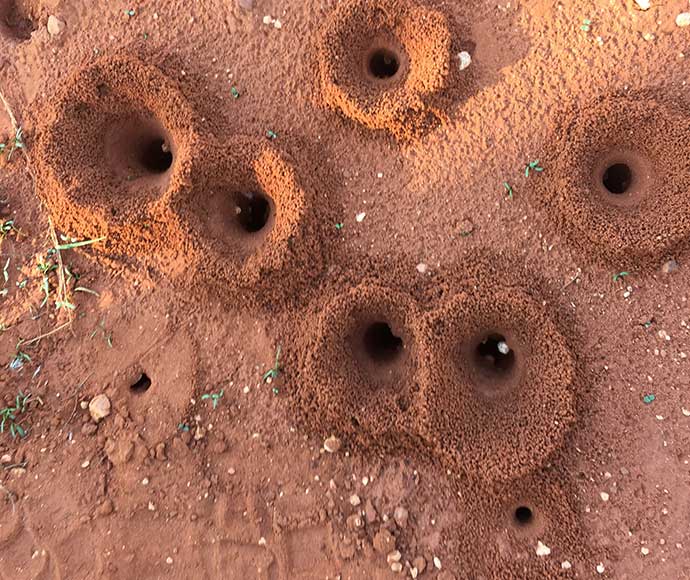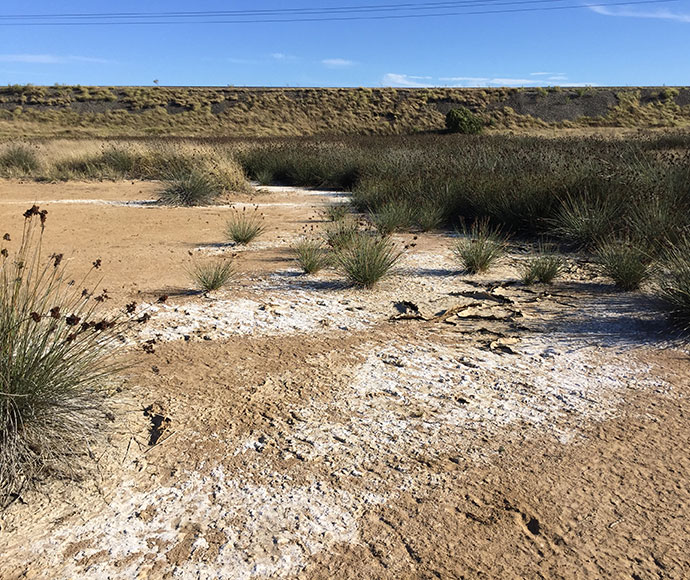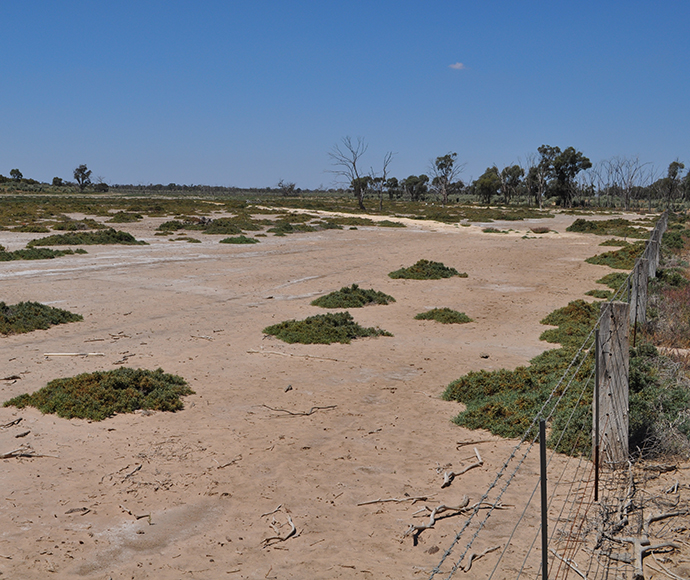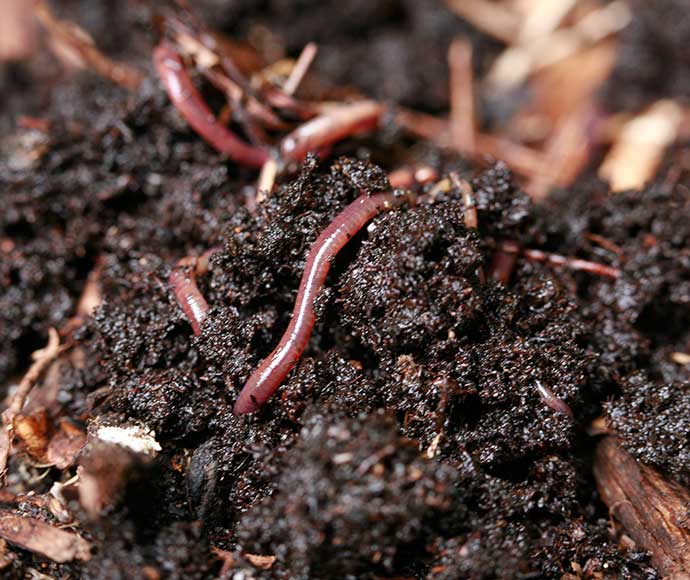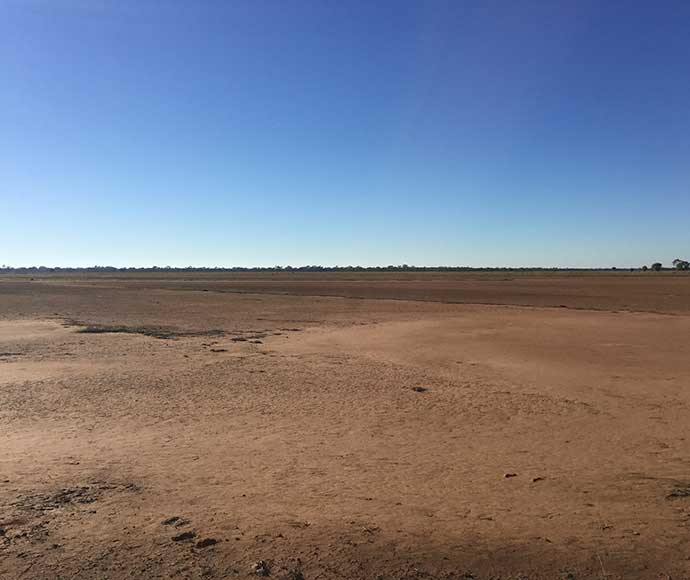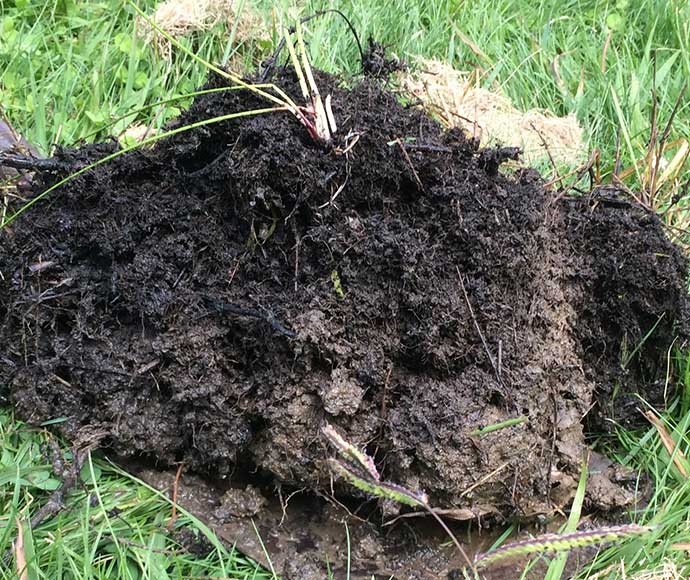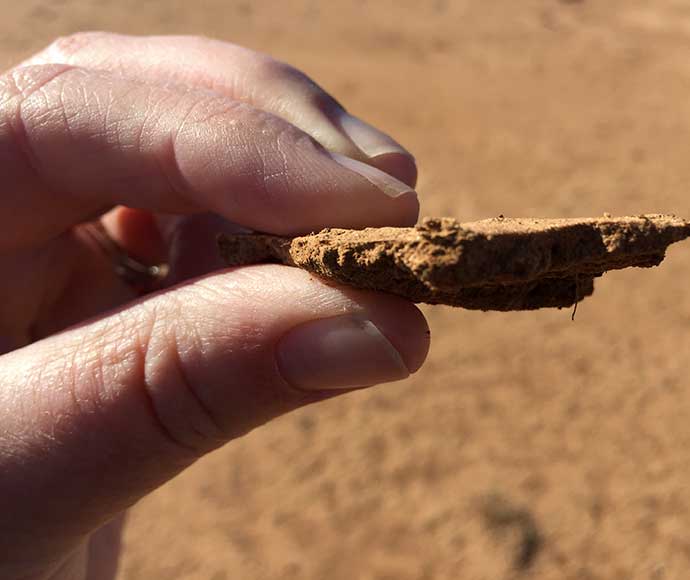Why healthy soils are important
Healthy soils provide habitat for plants and animals, and support ecosystems and the primary production of food and resources. Soils make a significant contribution to the economic and ecological prosperity of New South Wales.
Soil health is assessed by describing the extent of change or soil degradation that has occurred. Soil degradation is the decline in soil quality caused by its improper use, usually for agricultural, industrial or urban purposes. Australian soils are among the oldest and most fragile in the world.
Soil health indicators
There are 7 important indicators of soil health:
- soil pH (the measure of acidity or alkalinity in soils)
- soil organic matter and soil organic carbon (that is, the amount of carbon stored in the soil, including plant and animal materials in the soil that are in various stages of decay)
- soil structure (that is, the arrangement of soil into units called soil aggregates or peds, which have both solid and open pore spaces)
- soil stability (unstable soils collapse when wet)
- soil salinity (the salt content in soil)
- depth of topsoil (this is usually 5 to 8 centimetres but sometimes only 1 to 2 centimetres, or it could be absent from erosion)
- soil contamination.
Soil degradation is measured by recording changes in soil characteristics over time.
Soil pH (acidification)
Soil pH measures if a soil is acid, neutral or alkaline. Acidification is the increased acidity of the soil. As soils acidify, plant growth and biodiversity generally decline.
Soil organic matter and soil organic carbon
Soil organic matter is all the organic material in the soil (plants, roots and animals). Soil organic carbon is material which is smaller than 2 millimetres. Both are important drivers for soil fertility and have a big impact on soil properties and function. Some soils are naturally low in organic matter.
Soil structure (compaction)
Soil structure affects movement of air and water through the soil. When the soil particles are pushed closer together (compaction) by stock, traffic or machinery, this makes the soil dense, so less air can flow through and soil and less water penetrates it.
Soil stability
Soils that are unstable will collapse and break down when they become wet. Unstable soils are called dispersible soils, and are often associated with high levels of salt. They are vulnerable to compaction, surface sealing and erosion. For more information, see our page on gully erosion.
Soil salinity (salinisation)
Salinity is the accumulation of salts in soil and water. Soils that are too salty can be harmful to plants and animals. For more information, see our page on salinity.
Topsoil depth
The greater the depth of the topsoil, the healthier the soil. The loss of topsoil is caused by 3 main erosion processes:
- Sheet erosion is when soil particles are removed by rain splash and diffuse water flows during heavy or intense rainfall and flooding.
- Rill and gully erosion is the erosion of soil by concentrated overland water flow in small, localised areas of the landscape.
- Wind erosion is caused by strong winds in dry conditions, where soils are bare or the ground layer of vegetation cover has been removed or thinned due to poor growing conditions, clearing or overgrazing.
In New South Wales, the loss of organic carbon and topsoil due to sheet erosion is responsible for a significant loss of soil health and productivity. Topsoil loss due to wind erosion and salinity are also of concern.
Soil contamination
Soil contamination is a form of land degradation where soils are exposed to substances which are damaging to the environment generally and to soils, such as industrial waste, chemicals and asbestos.
Land management
It is essential that soils are managed with careful consideration of their individual characteristics, landscapes and climate.
Soil is essentially a non-renewable resource. It takes a very long time to form. One millimetre of soil can take up to 1,000 years to develop. Australian soils are among the most ancient and fragile in the world. Therefore, in order to maintain productivity and ecosystem services, soils must be managed sustainably.
The effects of most types of soil degradation are long term and may be permanent or difficult and costly to repair. While some other forms of degradation, such as soil nutrient decline and surface soil acidification, may be fixed if addressed early, it is often expensive. In agricultural landscapes, using best management practices can prevent or even reverse some lower levels of soil degradation.
At the regional level, land management priorities are undertaken by Local Land Services. Each Local Land Services office plans and coordinates land management and natural resource priorities through a community-based strategic planning process.
The department is the lead agency in the Monitoring, Evaluation and Reporting program, which monitors land and soil condition across New South Wales.
Legislation
The Soil Conservation Act 1938 provides for the conservation of soil and farm water resources and the mitigation of erosion. Parts 2A, 3 and 4 of the Act provide for the management of:
- land degradation and erosion
- the management of areas of erosion hazard
- management of the impact of erosion on waterways.
Contaminated soils are covered by the Contaminated Land Management Act 1997. This policy is for investigating and restoring contaminated land.
SoilTalk! news
Stay up to date on the latest news and events about landscapes, soils and systems in New South Wales.
